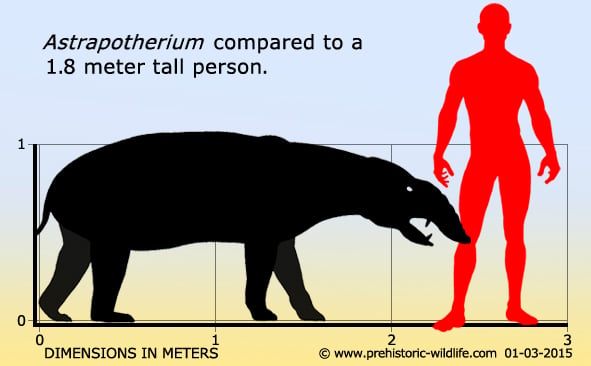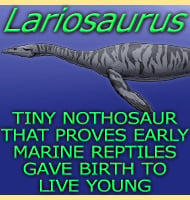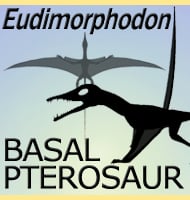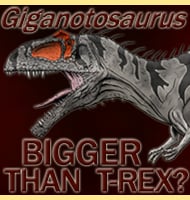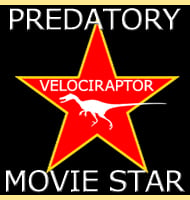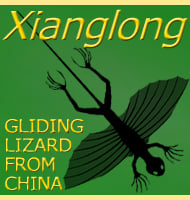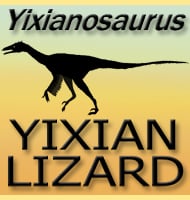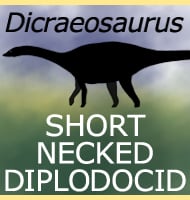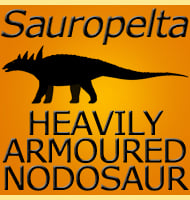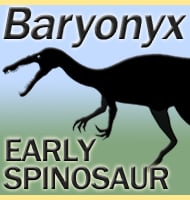In Depth
Astrapotherium is noted for having high nostrils, something that has led to the idea that a great amount of soft tissue was present upon this part of the head. The exact kind of tissue however is still unknown, with speculation that it could have been some kind of short trunk or prehensile lip, or possibly an inflated nasal area. Other features include four enlarged canine teeth that grew to form tusks that probably protruded from the mouth when it was closed. Additionally the incisors of the lower jaw grew large and possibly connected with a tough pad in the upper jaw. The hind quarters also have a surprisingly light build for such a large animal, indicating that they were weak.
Altogether these things could point towards Astrapotherium being a semi aquatic animal that foraged around wetlands and swamps. In these habitats water buoyancy would support the body weight, removing the need for Astrapotherium to have strong supporting limbs. The tusk-like canines would also be capable of root up plants while the incisors could scoop plants from the water. The high nostrils of the skull would have either made it easier for Astrapotherium to still breathe as it fed in the water, perhaps even being so well developed into a trunk or lip to help manipulate food into the mouth.
Further Reading
– Nuevos restos de mam�feros f�siles descubiertos por Carlos Ameghino en el Eoceno inferior de la Patagonia austral. – Especies nuevas, adiciones y correcciones [New remains of fossil mammals discovered by Carlos Ameghino in the lower Eocene of southern Patagonia. – New species, additions, and corrections]. – Revista Argentina de Historia Natural 1:289-328. F. Ameghino – 1891. – Premi�re contribution � la connaissance de la fauna mammalogique des couches � Colpodon [First contribution to the knowledge of the mammalian fauna of the Colopdon Beds]. – Boletin de la Academia Nacional de Ciencias de C�rdoba 17:71-141. – F. Ameghino – 1902. – Astrapotherium from the Middle Miocene Coll�n Cura Formation and the decline of astrapotheres in southern South America. – Ameghiniana. – Alejandro Kramarz, Alberto Garrido, Mariano Bond – 2019.
